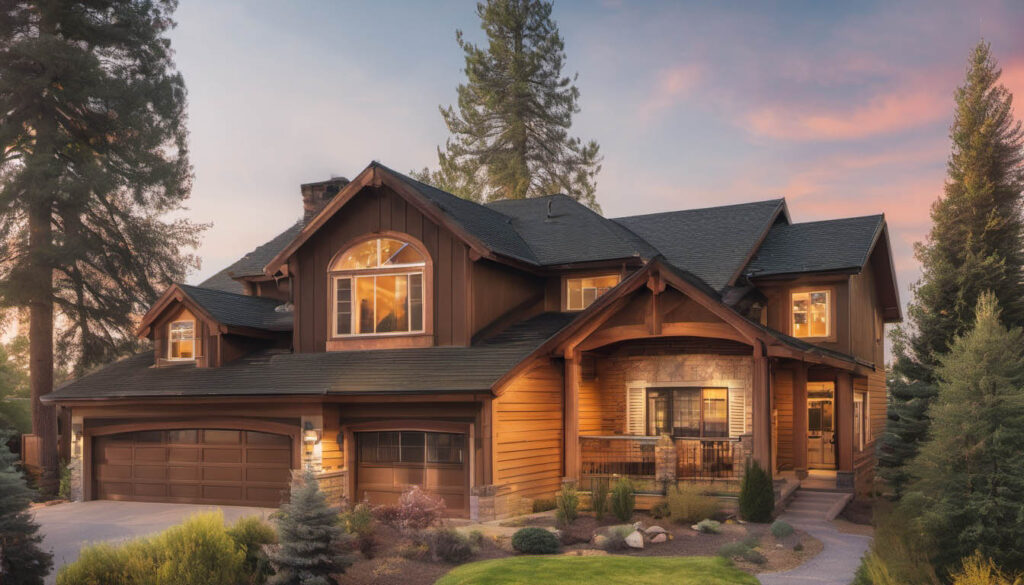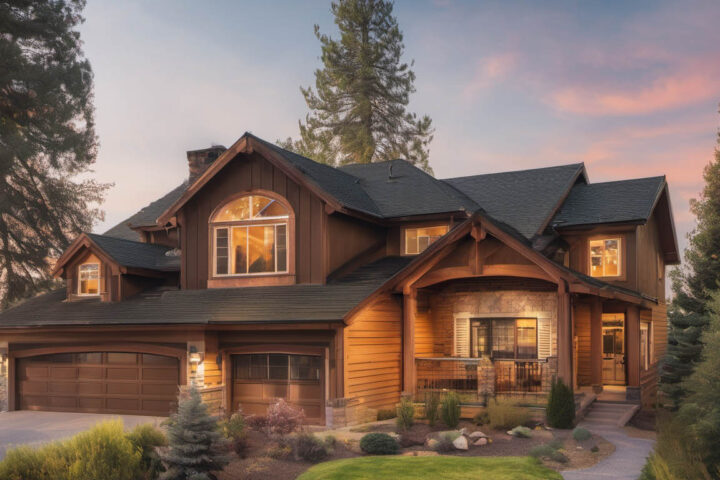Wildfires are an ever-present threat in many regions, posing significant risks to homes and communities. As a leading roofing company in Los Angeles, Roof Repair Specialist understands the critical importance of a well-prepared roof in these situations. This article delves into essential roofing practices to enhance your home’s resilience against wildfires.

The Role of Your Roof in Wildfire Defense
The roof is often the first line of defense in a wildfire. A roof’s materials and structure play a pivotal role in determining its vulnerability. Traditional wood or shingle roofs are particularly susceptible to fire. In contrast, modern alternatives like composition shingles, metal roofing, or tile offer superior protection. These materials are less likely to ignite, thereby reducing the risk of fire spreading to the rest of the structure.
Key Features of a Fire-Resistant Roof
- Material Selection: Opt for Class A fire-rated materials such as asphalt shingles, metal, clay, or concrete tiles. These materials are tested for fire resistance and provide the best protection against embers and flames.
- Design Considerations: A roof’s design should minimize crevices where embers can lodge and ignite. Features like a seamless ridge vent system can significantly reduce these vulnerabilities.
- Regular Maintenance: Regular inspections and maintenance by a professional roofing contractor in Los Angeles are crucial. This includes cleaning gutters, removing debris, and repairing any damage that could compromise the roof’s integrity.
Ventilation and Ember Protection
Proper ventilation is essential for any roof, but it also creates potential entry points for embers. To mitigate this risk:
- Install metal mesh screens (1/16-inch to 1/8-inch) over vents to prevent ember penetration.
- Use baffles in eaves and cornices for added protection, as standard mesh may not be sufficient.
Eaves and Soffits: The Overlooked Aspects
Eaves and soffits are often overlooked in wildfire preparation. These areas should be constructed with non-combustible or ignition-resistant materials to prevent fire from entering the attic or roof space.
Gutter Maintenance: A Crucial Step
Gutters filled with debris can be a significant fire hazard. Regular cleaning is essential, and consider installing gutter guards to prevent the accumulation of flammable materials.
Professional Assessment and Maintenance
For homeowners unsure about their roof’s condition or those seeking peace of mind, consulting with a roofing expert like Roof Repair Specialist is advisable. A professional assessment can identify potential risks and provide tailored solutions to enhance your home’s wildfire resilience.
Conclusion
Preparing your home for a wildfire involves a comprehensive approach, focusing on the roof as a critical component. By choosing the right materials, ensuring proper design and maintenance, and addressing specific areas like vents, eaves, soffits, and gutters, homeowners can significantly improve their chances against wildfires. Remember, the key to effective wildfire defense lies in proactive preparation and professional expertise.





